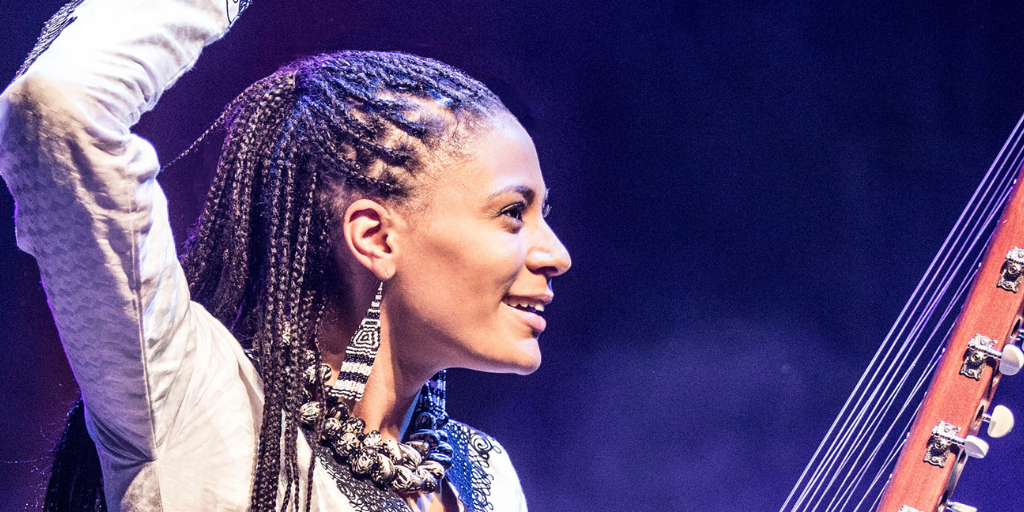The Delaware Symphony Orchestra (DSO) continues its 118th season with a performance of ¡Musica Bravo! on Friday, November 10, 7:30pm at The Grand Opera House in Wilmington and Sunday, November 12, 2:30pm at Cape Henlopen High School in Lewes.
 |
| The DSO welcomes guest condcutor Michelle Di Russo & guest guitarist João Luiz for its November concerts. |
“If I could pick a program that represents my absolute love for music, it would be this one,” says Di Russo. “I believe it truly showcases where my passion for music and my roots connect through classical music.”
Di Russo is certain this program will resonate with both first-time concertgoers and experienced music lovers. “This program will make you fall in love with the hypnotic, beautiful Latin and Hispanic melodies and rhythms,” she says. “I am also happy that I get to share music by Argentinian composer Alberto Ginastera. It is extremely special for me to be able to perform music from my country.”
Di Russo, who is of Argentinian/Italian descent, is known for her compelling interpretations, passionate musicality, and championing of contemporary music. She currently serves as Associate Conductor of the North Carolina Symphony in Raleigh, N.C.
Guest artist João Luiz — half of the Brasil Guitar Duo who have performed previously with the DSO — joins the Symphony on Spanish acoustic guitar to bring the sounds of Rodrigo's Concierto de Aranjuez to life. The program also includes works by Márquez, de Falla, Rimsky-Korsakov, and the aforementioned Ginastera.
The orchestra will repeat this performance in Sussex County, travelling to Cape Henlopen High School on Sunday, November 12, for a 2:30 p.m. concert.
“We're very excited to bring you this dynamic program and welcome to the stage guest conductor Michelle Di Russo,” said Chief Executive Officer, J.C. Barker. “Don't miss these concerts. You will be dancing in the aisles!"
Subscription packages and single tickets for all concerts are available. Visit DelawareSymphony.org or call 302.656.7442 for more details.





